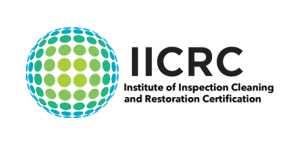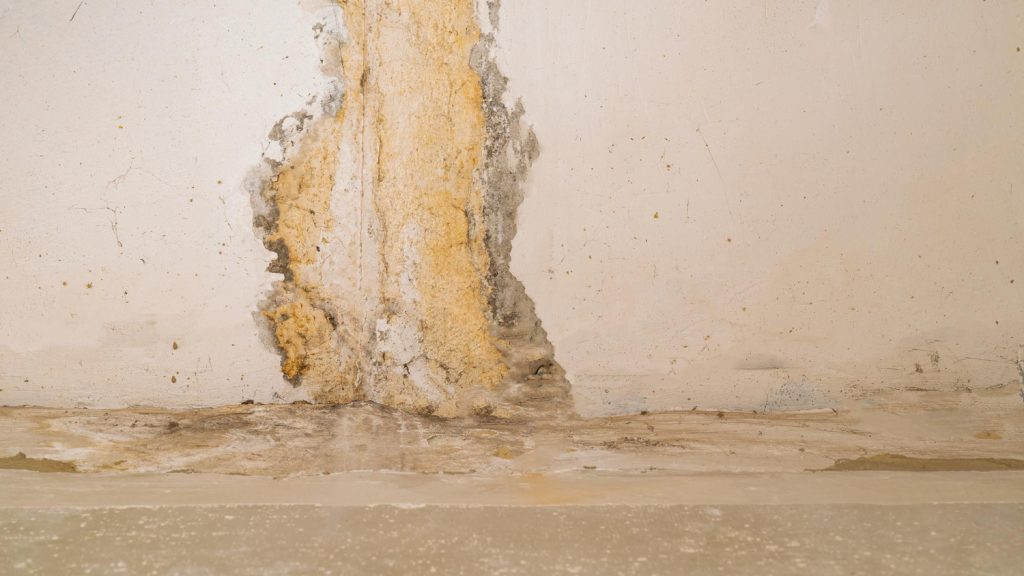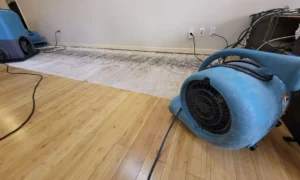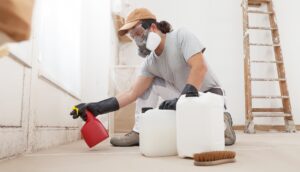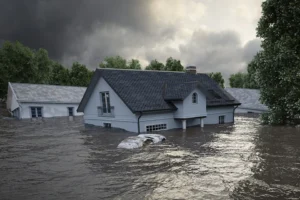Water damage can strike homes in Mukilteo for several reasons, from heavy rains and flooding to burst pipes and appliance leaks. When it happens, knowing the best practices for addressing water damage can make a huge difference in mitigating costly repairs and health risks. Swift action is essential to minimize the impact on your property and maintain a safe living environment.
Understanding how to identify the source of water damage and taking immediate steps to mitigate the situation are critical first steps. Effective water extraction and drying methods are also crucial to prevent mold growth and structural damage. Long-term prevention and maintenance can help protect your home from future water-related issues, giving you peace of mind.
Identifying the Source of Water Damage
Before addressing water damage, it’s crucial to identify the source. Knowing where the water is coming from helps determine the extent of the damage and the necessary steps for repair. Common sources of water damage include leaking roofs, burst pipes, faulty appliances, and natural disasters like heavy rains and flooding.
Start by inspecting the most likely areas in your home. Check the roof and ceilings for stains or soft spots that indicate leaks. Look under sinks and around appliances like dishwashers and washing machines for pooling water or drips. Basements and crawl spaces are also prone to water damage, so it’s important to check these areas regularly. Once you identify the source, you can take steps to stop the water flow and begin the cleanup process.
Immediate Steps to Mitigate Water Damage
Acting quickly can make a big difference when it comes to mitigating water damage. Here are the immediate steps you should take:
- Stop the Water Source: If the water is coming from a broken pipe or appliance, turn off the main water supply to prevent further flooding. If the damage is from a roof leak, try to cover the leak with a tarp temporarily until professional help arrives.
- Turn Off Electricity: Water and electricity are a dangerous mix. Turn off the power to affected areas to avoid electrical hazards or shocks. If you are unsure how to do this safely, contact an electrician.
- Remove Standing Water: Use buckets, mops, or a wet/dry vacuum to remove as much standing water as possible. The faster you get rid of the water, the less damage there will be.
- Move Belongings to a Dry Area: Relocate furniture, electronics, and other valuable items to a dry place to prevent further damage. If items are already wet, start drying them out to the best of your ability.
Taking these steps quickly can help reduce the extent of the water damage and make the restoration process easier and faster.
Effective Water Extraction and Drying Methods
Once you’ve identified the source of water damage and taken immediate steps to mitigate it, the next crucial step is water extraction and drying. Removing all water quickly and thoroughly is essential to prevent mold growth and further damage to your home’s structure.
- Water Extraction Tools: Use specialized equipment for water extraction, such as submersible pumps for standing water and wet/dry vacuums for smaller puddles. These tools are more efficient than regular household vacuums and can handle larger volumes of water.
- Drying and Dehumidifying: After extracting the water, the drying process begins. Industrial fans and dehumidifiers are essential in this phase. Place them strategically around the affected area to promote airflow and reduce humidity levels. Dehumidifiers help remove moisture from the air, which speeds up the drying process.
- Monitor Moisture Levels: Use moisture meters to monitor the drying progress of floors, walls, and other surfaces. This ensures that all areas are completely dry before you start any repairs. Lingering moisture can lead to mold growth and further structural issues.
Long-Term Prevention and Maintenance Tips
Preventing future water damage involves regular maintenance and proactive measures. Here are several tips to keep your home safe from water-related issues:
- Inspect Roof and Gutters: Regularly check your roof for damaged or missing shingles and ensure your gutters are clean and free of debris. Properly functioning gutters and downspouts direct water away from your home’s foundation.
- Check and Maintain Plumbing: Periodically inspect plumbing fixtures and appliances for leaks or corrosion. Replace worn-out hoses and consider installing water leak detectors that can alert you to potential issues.
- Seal Windows and Doors: Make sure your windows and doors are properly sealed to prevent water from entering your home, especially during heavy rain. Replace old weatherstripping and caulk any gaps or cracks.
- Grade the Landscape: Ensure the ground around your home slopes away from the foundation. This prevents water from pooling near your home and reduces the risk of basement flooding.
Conclusion
Addressing water damage promptly and effectively is essential to protect your home and ensure a safe living environment. By identifying the source of water damage, taking immediate mitigation steps, using effective water extraction, and following preventive maintenance tips, you can safeguard your Mukilteo home from future issues.
When water damage strikes, trust the experts at Northwest Restoration to restore your property. We are committed to providing fast and reliable water damage services to help you get back to normal. Contact us today for all your property damage restoration needs in Mukilteo.



